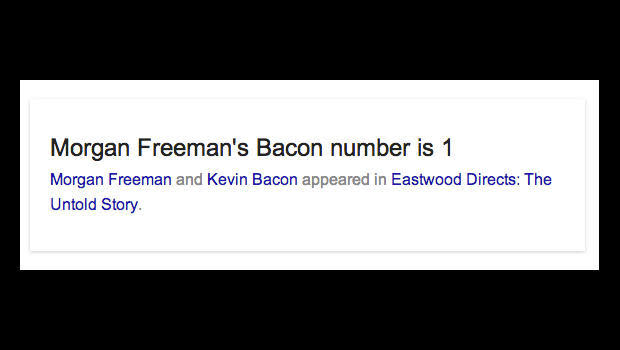Hide Easter eggs to delight customers and progress your big data strategy

Easter eggs in Microsoft Excel 95, 97, and 2000
Image: Greg Shultz/TechRepublic
exceleastereggs.png

I have fond memories of coloring Easter eggs with Mom and then joining friends for an Easter egg hunt. I always had a good time finding my friends' Easter eggs and discovering how creative they could be with their designs.
The idea of an Easter egg hunt extends nicely into your corporate strategy, especially if it incorporates big data analytics. Specifically, you should consider having your data scientists create surprises in the form of software Easter eggs that customers and/or your employees can discover.
Surprise!
In software, an Easter egg is a well-planned, though undocumented, feature that's designed into the product. For instance, if you search for the word "tilt" in Google, the results will come back tilted.
One of my favorite Google Easter eggs is typing in any celebrity's name followed by the phrase "bacon number," and the result returned is the number of degrees they are from Kevin Bacon, and how they are connected. Try it! I'll be impressed if you can get a 4 or 5 (forget about 6 -- it won't happen).

Google's bacon number Easter egg
Image: Google
baconnumbergoogleeasteregg.jpg

As enjoyable as Easter eggs are to develop and discover, they're also an incredibly effective way to engender loyalty in your customers and/or employees. As a marketing strategy, Easter eggs create a subculture of your most loyal customers. And if you're trying to build analytic capability within your organization, Easter eggs are a delightful and quick way to bring people around to your ideas.
Finding loyal customers
Easter eggs provide a power boost to your marketing strategy if you're using big data in a core or supporting way. It's fun to be part of a secret community that's not well advertised.
For instance, you may not know it, but there's a worldwide group of treasure hunters that are Geocaching around you right now. When I first learned about Geocaching, I discovered a treasure right across the street from my house.
If big data is core to your strategy (i.e., your product serves the big data community), you're in a terrific position to hide Easter eggs. Nobody appreciates Easter eggs more than data scientists and other techies -- they're the ones who brought the idea forward into software in the first place.
Plus, they're simple and a blast to create -- just start a brainstorming session with your product development group, and they'll probably run with the idea.
For instance, if you have a natural language based interface like Google, think about playing with some entertaining phrases. And if you have more of a graphical interface, think about keystroke combinations and/or secret areas of the screen that users could discover.
The same idea can be used in a supporting capacity (i.e., you're using big data to enhance your non-analytic offering). Recommendation engines are a classic example of combining a non-analytic service (e.g., streaming movies) with big data analytics (e.g., recommending titles based on viewing history). But wouldn't it be cool if you could do a secret move with your mouse or remote control and get the bacon number for all the cast members (I promise, this is my last Kevin Bacon reference)?
Great companies have great surprises
You can also use the idea of Easter eggs within your company to help adoption of analytic concepts. In this case, you don't need to design secret features or create an underground community within your organization; however, Easter eggs should come as a surprise to most people when they're announced.
For instance, after reaching a predetermined but undisclosed level of analytic competence within the organization, you might announce a company sponsored Netflix subscription for all employees. Furthermore, invite Reed Hastings or another top official at Netflix to talk to your organization about how Netflix uses big data analytics for a competitive advantage.
Summary
Software Easter eggs are effective tools to create loyal customers and employees. Regardless of how you're using big data in your corporate strategy, consider how you might build in nice surprises to be discovered and appreciated by the people that matter most.
For starters, organize a brainstorming session in the coming week with your data science team to see how you can build Easter eggs into your strategy. After all, everybody loves a surprise -- especially the surpriser.
Also see
Look back at Microsoft Excel Easter Eggs (gallery)
Take a look back at Microsoft Windows 98 Easter Eggs (gallery)
Looking back at Windows Screen Saver Easter Eggs (ZDNet gallery)
Note: TechRepublic and ZDNet are CBS Interactive properties.


